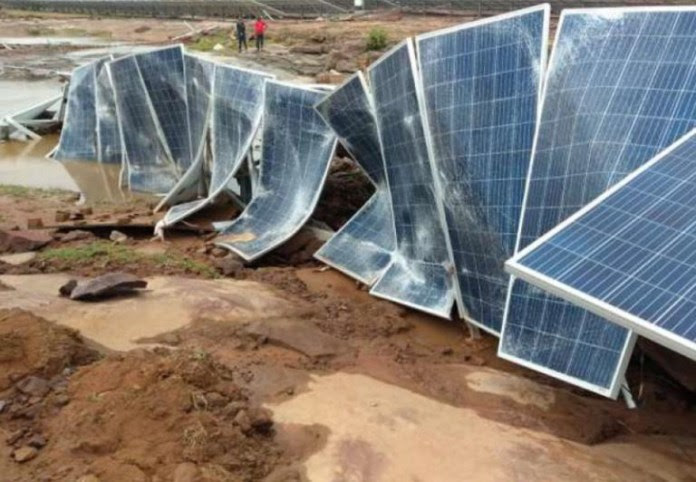
Solar panels are the backbone of renewable solar energy production, with a life expectancy of around twenty years. Beyond this use-by date, it’s important to know how their disposal can affect the environment, and whether they can be integrated into a recycling process. The answer to these questions depends mainly on the materials of which a solar panel is made: glass, metal and silicon cells’
These cells can be made of either monocrystalline silicon, which is darker and thought to have a higher efficiency of between 15 and 20%, or polycrystalline silicon, which is bluish, less expensive and has a lower efficiency of between 13 and 16%. The first environmental impact of a solar panel comes from its production, and more specifically from the extraction of silicon, a derivative of silica and quartz sand.
Silicon production, which takes place mainly in China, is carbon-intensive, as the coal has to be heated to very high temperatures to combine the carbon with the silica. The amount of carbon released into the atmosphere during the production of solar panels therefore has an impact on the environment, even though new silicon production technologies have reduced the carbon footprint by a factor of more than 10.

At the other end of the chain, at the end of its life, a solar panel will release several types of metals – cadmium, lead, indium, molybdenum and tellurium – but in quantities small enough not to present a danger to the environment.
Reconstruction processes for the various metals that make up a solar panel – including silicon, even though it is more of a metalloid than a metal – will enable old solar panels to be recycled and transformed into new ones, while retaining a degree of purity that is essential for good efficiency.
There is no single recycling process, but several types are currently being implemented, all of them quite delicate, since it is necessary to identify reusable modules, and extract certain raw materials and components from them without damaging them so that they can be reused.
In Germany, for example, the Fraunhofer Institute for Solar Energy Systems is developing a process that improves the efficiency of the solar panel after recycling. The aim is to improve the efficiency of solar panels, because, given the current cost and technical sophistication of recycling processes, there is still a great deal of research to be done to reduce the overall cost of recycling.




